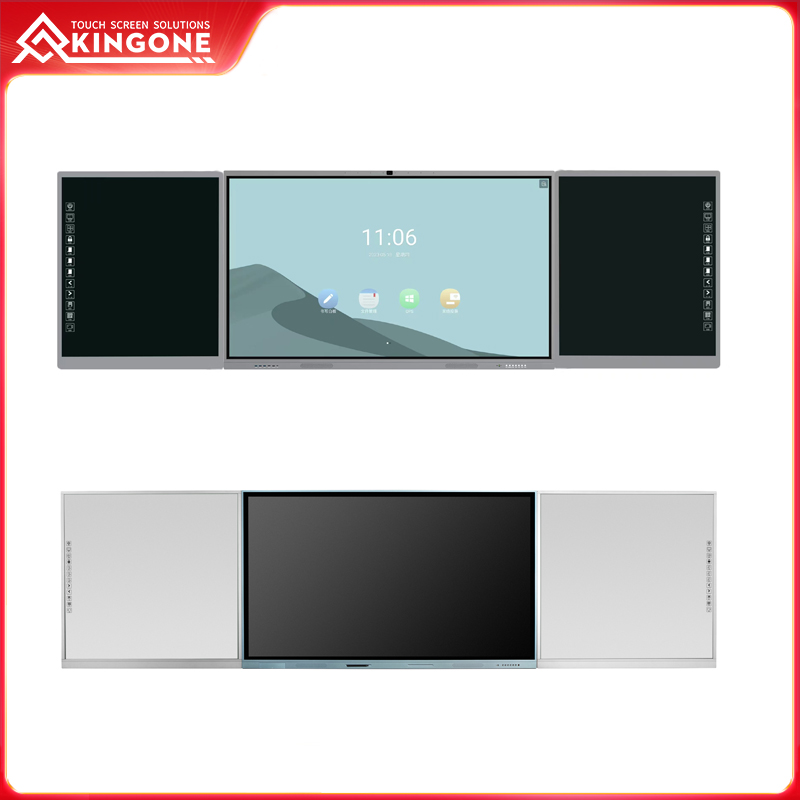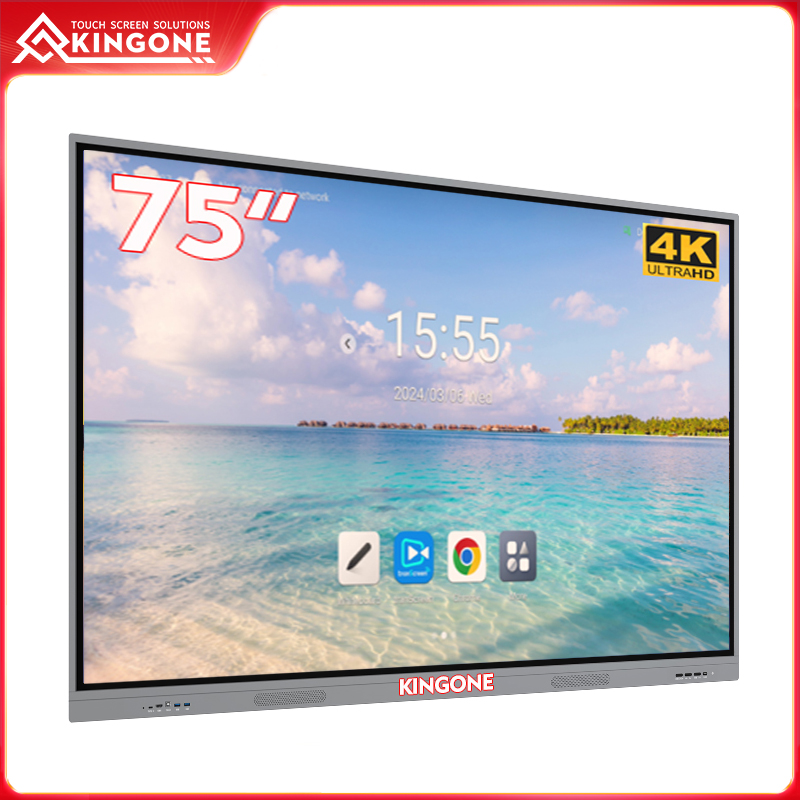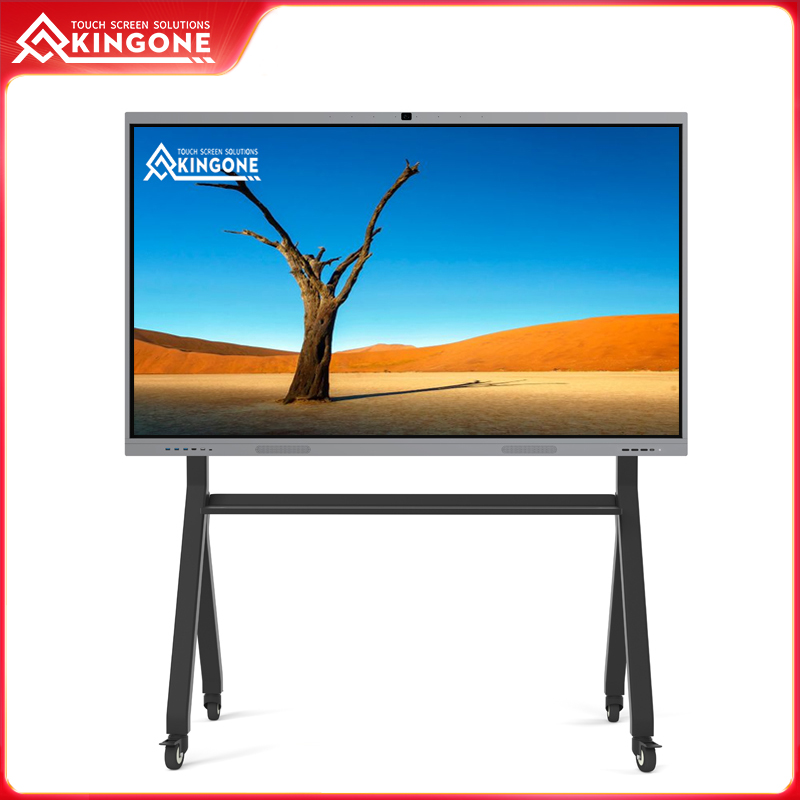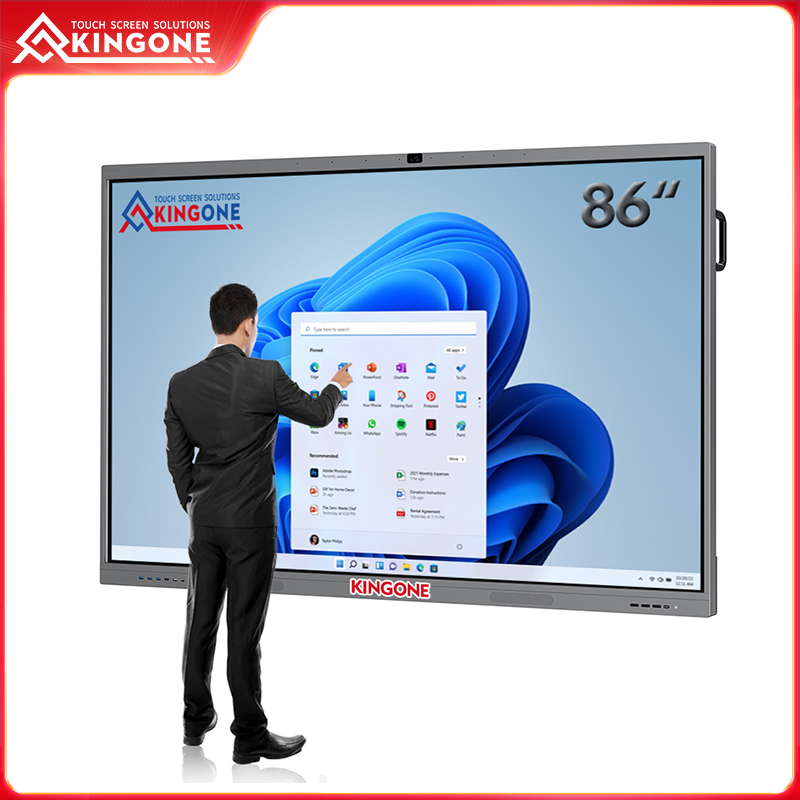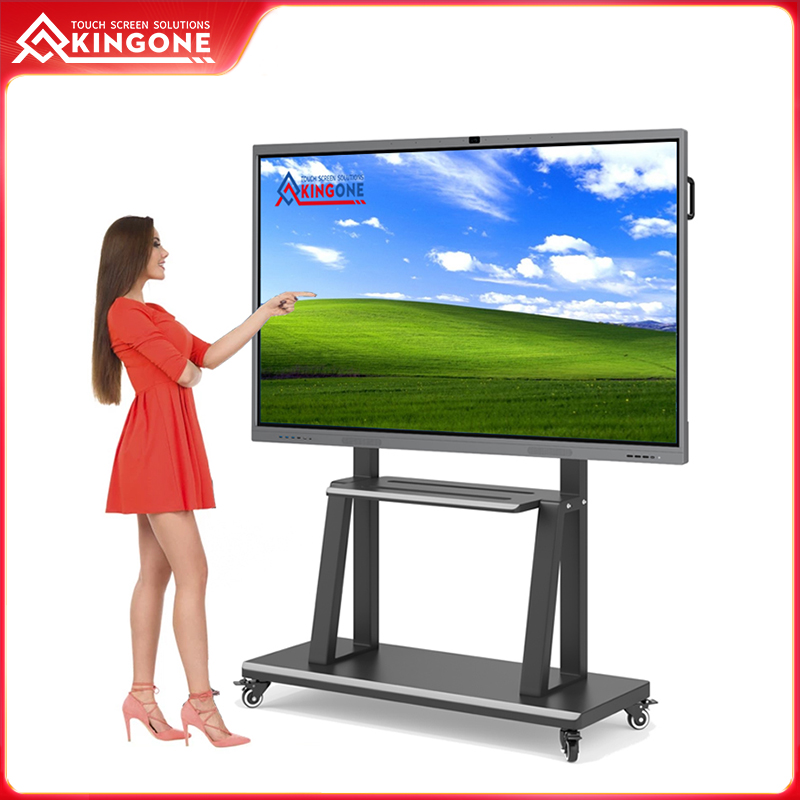What are the common uses for touch screen monitors?
Published:
2023-10-16 10:28:59
we will explore the common uses for touch screen monitors and how they have transformed various industries.
Exploring the Limitless Potential of Touch Screen Monitors
Touch screen monitors have revolutionized the way we interact with technology, offering a seamless and intuitive user experience. With their ability to detect touch and gestures, these monitors have found their way into a wide range of applications, from consumer electronics to commercial and industrial settings. In this article, we will explore the common uses for touch screen monitors and how they have transformed various industries.
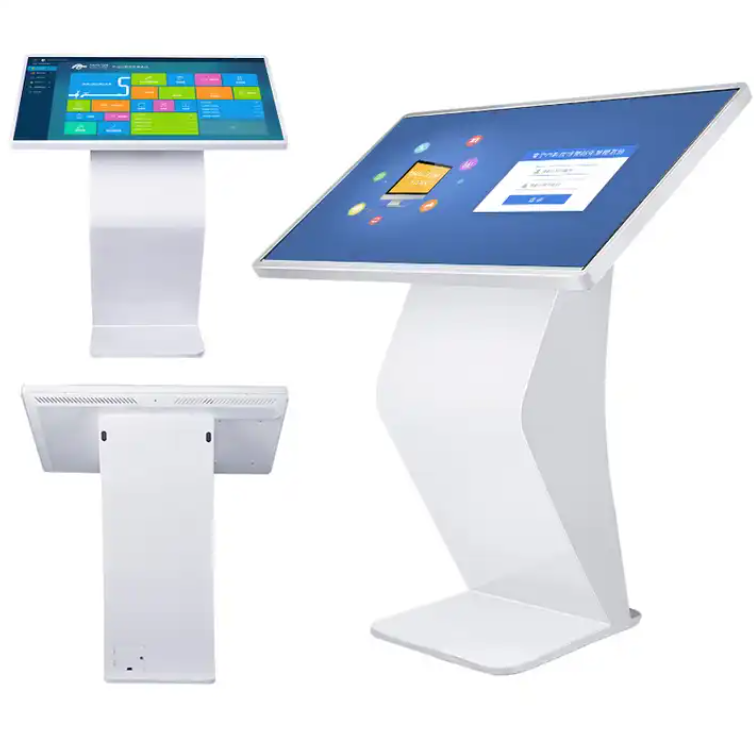

1. Consumer Electronics
In the realm of consumer electronics, touch screen monitors have become increasingly prevalent. Smartphones, tablets, and laptops now feature touch screens as the primary method of interaction, providing users with a more immersive and interactive experience. Tapping, swiping, and pinching gestures have become second nature to smartphone users, thanks to touch screen technology.
Furthermore, touch screen monitors have also made their way into home entertainment systems. Many modern TVs come equipped with touch screen capabilities, enabling users to control their televisions with a simple touch rather than traditional remote controls.
2. Information Kiosks and Point of Sale (POS) Systems
Touch screen monitors have revolutionized the way we access information in public spaces. Information kiosks found in museums, airports, and shopping centers provide a user-friendly interface for visitors to access maps, directories, and other relevant information. The intuitive nature of touch screens makes them an ideal choice for public settings, allowing users to navigate through options effortlessly.
Point of Sale (POS) systems in retail environments have also adopted touch screen technology. These systems streamline the checkout process, facilitating faster transactions and reducing the need for manual input. Touch screen monitors are not only efficient but also customizable, offering businesses the ability to tailor the interface according to their specific needs.
3. Education and Training
In the education sector, touch screen monitors have proven to be valuable tools for enhancing the learning experience. Interactive whiteboards equipped with touch screen technology have become commonplace in classrooms, allowing teachers to engage students through multimedia presentations, hands-on activities, and collaborative exercises. These monitors promote student participation and make learning more enjoyable.
Touch screen technology is also utilized in specialized training environments. Simulators for aviation, medical procedures, and heavy machinery often incorporate touch screen monitors to create realistic and interactive training scenarios. Trainees can manipulate virtual controls and instruments, providing them with a safe and immersive learning experience.
4. Industrial Control Systems
In industrial settings, touch screen monitors are used to interface with complex control systems. These monitors provide a user-friendly and visual interface for operators to monitor and control machinery, processes, and equipment. Touch screen technology allows for quick and precise adjustments, increasing efficiency and reducing the risk of human errors.
Additionally, touch screen monitors have found applications in industries such as logistics, transportation, and energy management, where real-time data monitoring and analysis are crucial. Interactive displays enable operators to access and analyze data efficiently, ensuring smooth operations and timely decision-making.
5. Gaming and Entertainment
The gaming and entertainment industry greatly benefits from touch screen monitors' immersive and interactive capabilities. Arcade machines and gaming consoles now feature touch screens, providing users with a more engaging gaming experience. Touch screens allow for intuitive controls, enabling players to interact directly with the virtual environment.
Touch screen monitors have also made their way into the music industry, with DJs and music producers utilizing them for live performances and studio production. The ability to manipulate sound and effects through touch gestures has revolutionized the art of music creation and performance.
6. Healthcare and Medical Applications
In healthcare, touch screen monitors have improved the efficiency and accuracy of medical professionals. Electronic Health Record (EHR) systems equipped with touch screen technology allow doctors and nurses to access patient information, order tests, and input data more conveniently.
Furthermore, touch screen monitors are employed in medical diagnostic equipment, enabling radiologists and sonographers to analyze images and make precise diagnoses. The intuitive nature of touch screens enhances workflow and reduces the time required to interpret medical images.
Touch screen monitors have become ubiquitous in our daily lives, transforming the way we interact with technology across various sectors. From consumer electronics to industrial control systems, touch screens provide intuitive and immersive interfaces, enhancing productivity, efficiency, and user experience. As technology continues to advance, touch screen monitors are likely to find even more diverse and innovative applications.
 English
English

